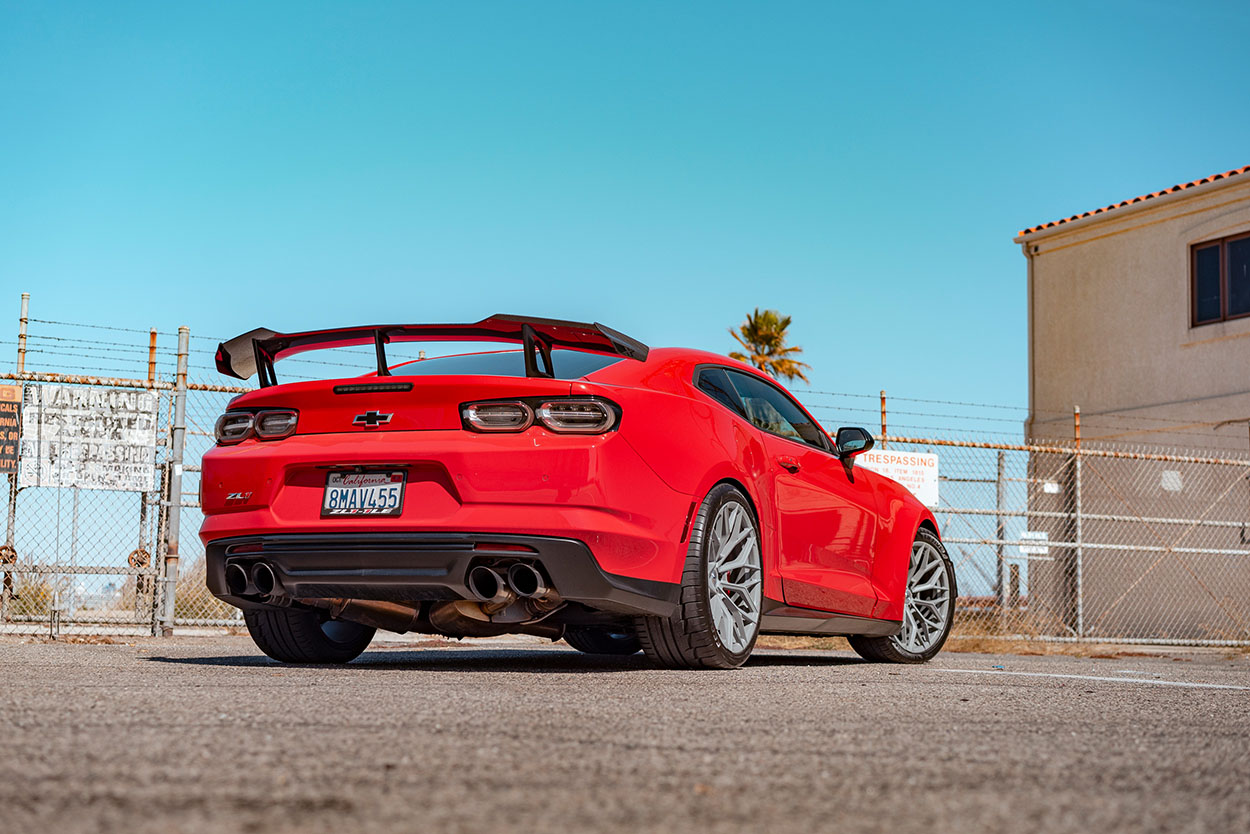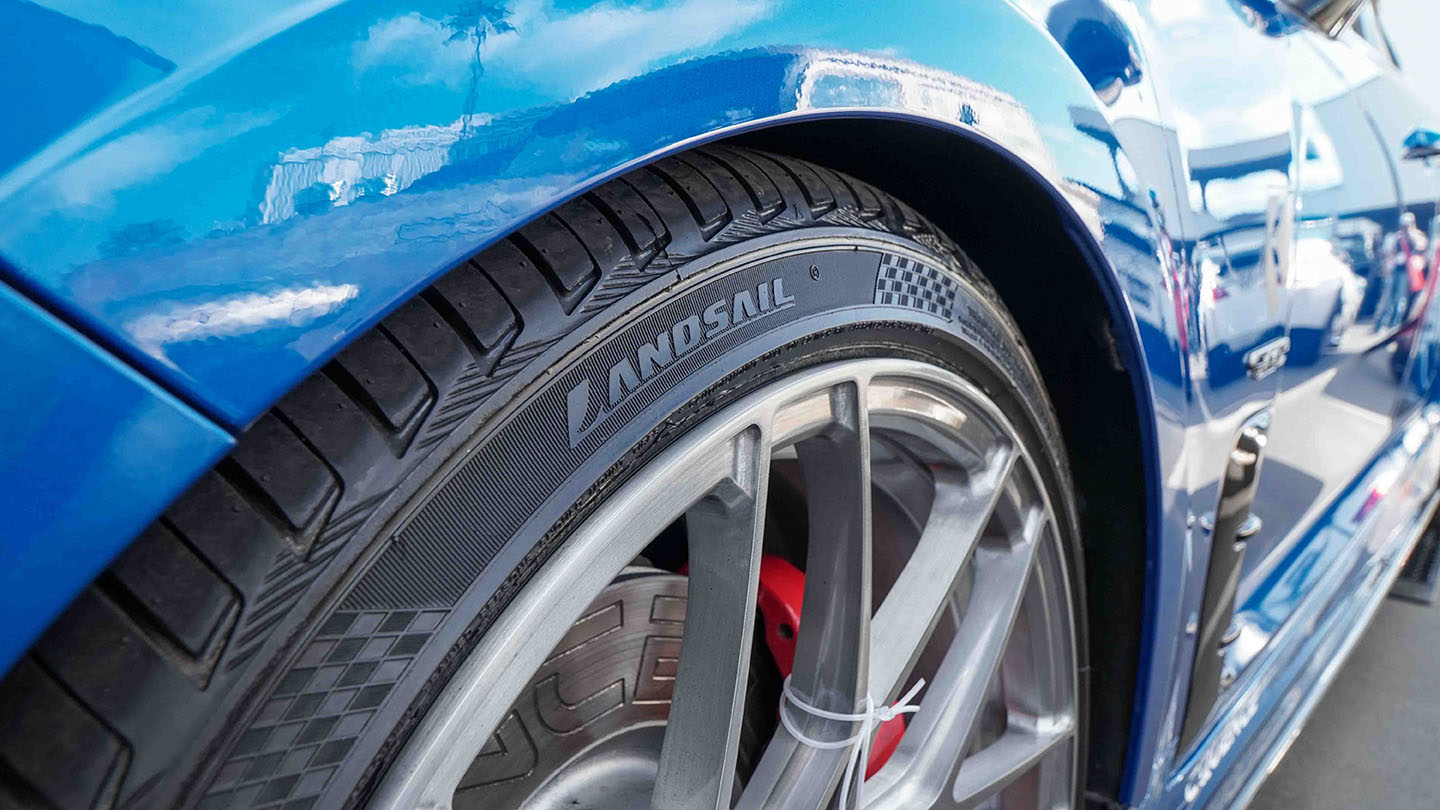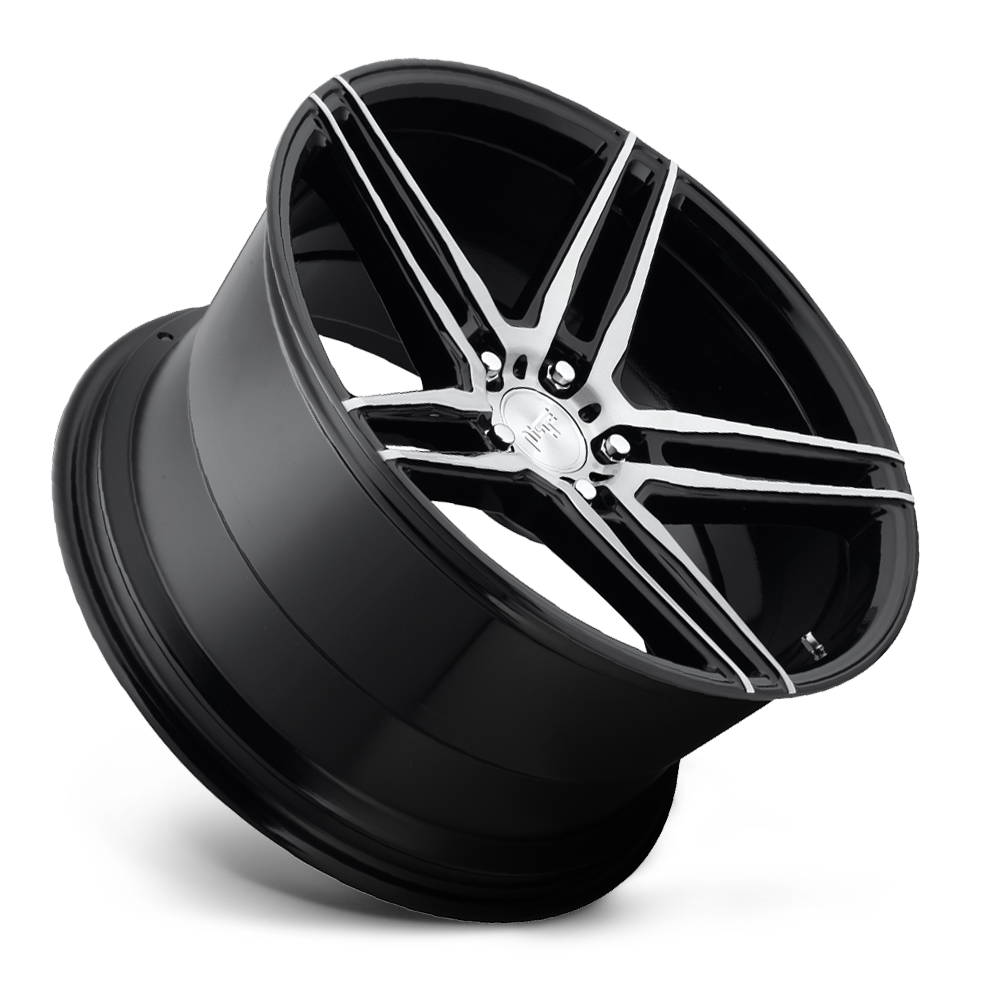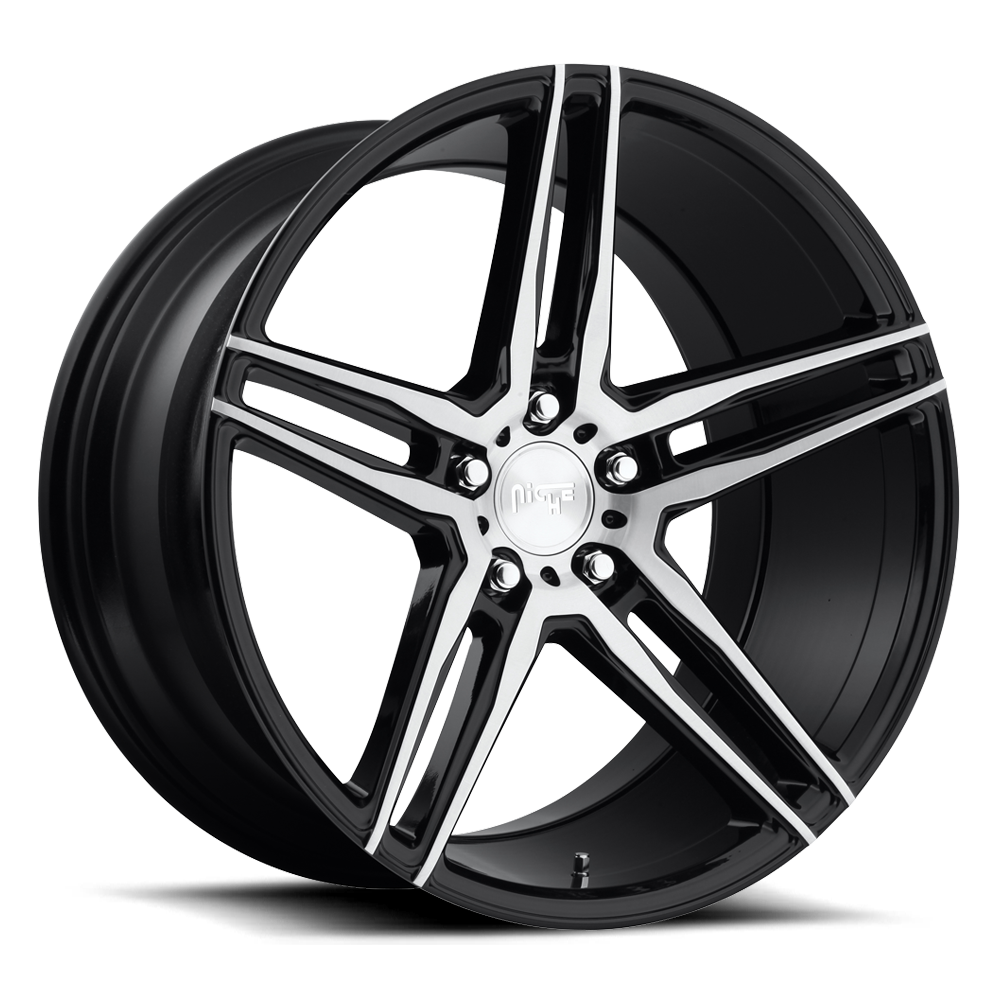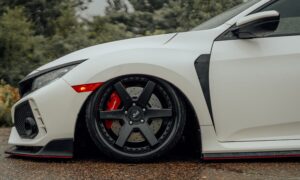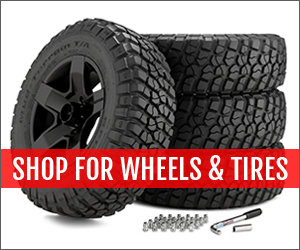Wheels and tires perform three crucial functions associated with driving performance. First, they enable the vehicle to accelerate. Second, they enable the car to stop, and third they support the weight of the vehicle.
So, if more is better, do wider wheels and tires improve driving performance? The question may seem simple, but the answer is complex. Before you decide to upsize to wider wheels and tires, you’ve got to consider where you drive, when you drive, and how wide you really want to go. Upsizing may make sense but sticking with factory/OEM specs might also be right for you. WheelHero wants to provide you with the information you need to make the best purchasing decision. So, let’s figure out if wider wheels and tires are better for you.
Wider Wheels Roll on Wider Tires
Of course, when you swap out OEM for wider wheels, you’ve got to get wider tires too. That’s only common sense. NASCAR cars run on 9.5 or 10-inch-wide wheels. F1 cars use a staggered fitment with front tires 12 inches wide and rear tires that are 16 inches wide. And if wider wheels and tires are better for race cars, they must improve performance for other vehicles too, right? Well, it’s true if your job is driving race cars and you spend all your time on test tracks and racetracks. If your daily driver sticks to highways and city streets and you don’t live in an area with high rainfall, then you might be a perfect candidate for low profile tires. When you change the dimensions of your wheel, you’ve got to adjust the dimension of your tire to keep the aspect ratio the same. So, when you put on larger wheels, you’ve got to reduce the profile of the tire by the same amount. The result is a wheel and tire fitment with a taller and wider wheel and a wider tire with a shorter sidewall.
Those low-profile tires with reduced sidewalls provide more contact and traction and a more spirited driving experience. Shorter sidewalls make the tread more rigid and stable. Rigidity and stability give you better performance because you have a better grip in dry conditions. That’s awesome.
But unfortunately, that patch where the tire hits the pavement changes shape. Wider tires create a square instead of an oval-shaped patch. That’s not such a good thing in the rain. In the rain or on wet roads, you’re more likely to hydroplane with a square contact patch. Physics can be such a drag (pun intended). If you’re going to go for wider wheels and lower profile tires, then make sure to use an all-season tire.
Maybe you are lucky enough to have a 2021 Chevy Camaro with the 3.6L engine and 335 HP under the hood. Hang on to it. In 2024 that will be an electric sedan and ho hum. But for now, you can move up from stock 18×8.5 wheels to a sweet, staggered fitment of Niche Turin M169 wheels. Put 20×9 on the front and 20×10.5 on the rear for an aggressive stance like the F1 drivers use.
Niche TURIN M169 Machined Black
Now, to maintain handling and performance on wet pavement, wrap those rims in an all-weather low-profile tire like the Landsail LS588. That’s an all-season ultra-high-performance tire with a grooved tread design that channels water away.
With a muscle car like the Camaro, wider tires are better on dry pavement. However, if you are in a rainy area, you’ll want to make sure to pay particular attention to the tires you buy to avoid hydroplaning in wet weather. Otherwise, wider isn’t better, it’s a problem.
Do Wider Wheels and Tires Affect Braking or Acceleration?
If you are a spirited driver, stopping and starting aren’t functions, they’re essential to the fun behind the wheel. Will wider wheels and tires affect your ability to brake and accelerate? That’s an easy one to answer. Yes, those wider wheels will help you brake harder and take off faster. Wider wheels provide more traction and create higher acceleration. Traction is from the increased patch and better acceleration comes from a bigger leverage arm. It’s easy to forget, but a wheel and its axle are really nothing more than a lever. The center of the axle is the fulcrum. The longer the lever arm the more ground you can cover with an equal amount of torque.

The ideal mechanical advantage (IMA) of a wheel and axle is the ratio of the radii.
Your Chevy comes complete with automatic braking systems (ABS) like all modern cars. That system really controls your braking. But if you switch to wider tires (and wider wheels) you can improve the frictional coefficient and thus improve your braking, despite the ABS.
Here’s an amazing before and after video from Engineering Explained. It shows a Honda S2000 getting wider rear tires and the requisite alignment. This simple upgrade resulted in impressive braking improvement as measured by a GPS performance tracking device.
So, the answer is yes. Wider wheels and tires improve braking and acceleration.
Still not sure if you should upsize? Talk to the SEMA Certified wheel and tire experts at WheelHero. We’ll help you get the right fitment for your car and the right wheels and tires for where and how you drive.

